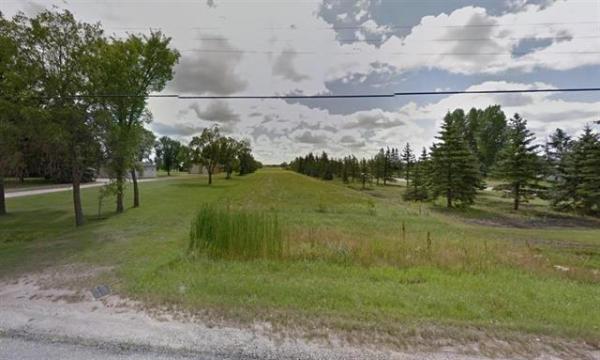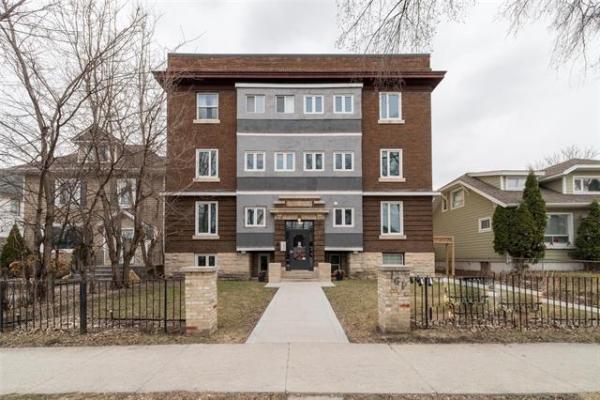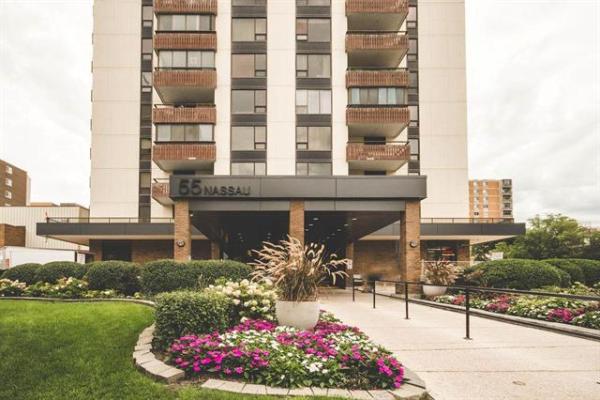Question: I have seen your response to a homeowner regarding exhaust versus recirculating kitchen fans in a previous article. I think you may be able to clarify a situation I have in my Wisconsin home.
A range hood is to be installed above our new range, which will be seated against an outside wall of my single-storey home. There is a sizable attic, with 10 inches of blown-in cellulose insulation on the floor. I expected duct work to go up and then out the immediate sidewall, where there is a clapboard gable end above a stone exterior. An old duct-and-vent system above the other side of the kitchen was to be removed and sealed.
I am ever-curious, so I shovelled a path through the insulation in the attic to see the work. What I found was insulated flexible tubing running nine feet across the loose insulation. It is then raised slightly and joined to a 12-inch diameter steel duct that rises about six feet to the old roof vent.
I don’t know enough about this to say something is good or bad. I know this wasn’t the plan, and I know it seems odd to me. I have also learned there are issues of heat, humidity and noise associated with these things. My contractor has said little in response to my queries, other than the flexible tubing is against code for kitchens.
Can you help me know if this is an otherwise acceptable venting picture, or if it would be best for me to press for particular revisions? I have been unable to find these details in my numerous web searches.
— Sarah Fisher, Wisconsin
Answer: There are specific requirements and limitations for ducts for range hoods, and other items associated with kitchens, because of the fire-safety aspects of these rooms. While you should be able to call your local municipality for information or building inspection services, checking the manufacturer’s installation instructions and specification that came with the new appliance may also yield a quick answer.
As I have stated numerous times in this column, home inspectors are not required to know or discuss home issues with relation to building codes. That is the domain of the municipal building inspectors, responsible for inspecting new homes and most renovations on existing homes. Furthermore, your state may follow a specific version of the U.S. building codes, or fire codes, in relation to kitchens and venting issues. The only way to be sure of that is to call the local building officials at your county or municipal office responsible for compliance and enforcement in your area. They may send out a local inspector, if one has not already checked your attic during renovations, or simply confirm what you heard from your contractor. Regardless, without knowing what is allowed in your specific area, I would doubt that anything other than solid metal ducting would be acceptable for the vent for a range hood in any kitchen.
The reason for using only solid ducting is that range hoods can vent a significant amount of fat and grease from cooking, while in use. This may be dissolved within the moisture evaporating from the products of cooking, or in the smoke produced when food is heated. Because this material is combustible, there should be efforts to prevent its collection within the fan, ducts or surface of the range hood. That is one reason for the thin metal screens below the fan housing, which can easily be removed and washed to remove built-up grease and debris. Any fatty materials that get past this first line of defence may be blown into the ducting by the exhaust fan. If the ducts are smooth-walled, there should be minimal collection of fatty deposits and most should exit the home with the exhausted water vapour. But if the duct is corrugated, which is the typical makeup of the flexible ducting you have seen, significant amounts of grease can be collected in the corrugations. That situation can lead to a much higher chance of a major attic fire, especially if there is an electrical short in the fan or a fire on the range in the kitchen.
Since your contractor has already alerted you to the fact that flexible ducting is a violation, I would immediately demand replacement with properly insulated, solid metal ducting. If he is trying to divert the responsibility to the fan installers, if they are independent of him or subcontractors, then press both for a satisfactory repair. Barring any positive response, calling the local building official for a site inspection should give you the ammunition you need to get them moving. If proper permits were not obtained prior to the work, that can also be addressed at the same time.
If you still have the installation instructions or operation manual for the range hood, there should be contact information for the manufacturer or their website. Contacting them directly should also yield the answer to your question about proper ducting material.
Requirements for proper duct material and installation should be addressed by local building and fire codes, due to the safety hazards associated with installation above a range. Getting this information should be as simple as calling the local municipality responsible for building inspections in your area, or the manufacturer of the range hood.
Radon gas update
I have been somewhat inundated by emails and calls from readers following last week’s column asking about the device noted to prevent radon gas intrusion from a floor drain catch basin.
The locally made device brand is Dranjer (dranjer.ca), which has several different products for use with different configurations.
One local source for purchase is a company called Radon Matters (radonmatters.com), which also provides services for radon testing and remediation.
Ari Marantz is the owner of Trained Eye Home Inspection Ltd. and the past president of the Canadian Association of Home & Property Inspectors — Manitoba (cahpi.mb.ca). Questions can be emailed to the address below. Ari can be reached at 204-291-5358 or check out his website at trainedeye.ca.
trainedeye@iname.com



